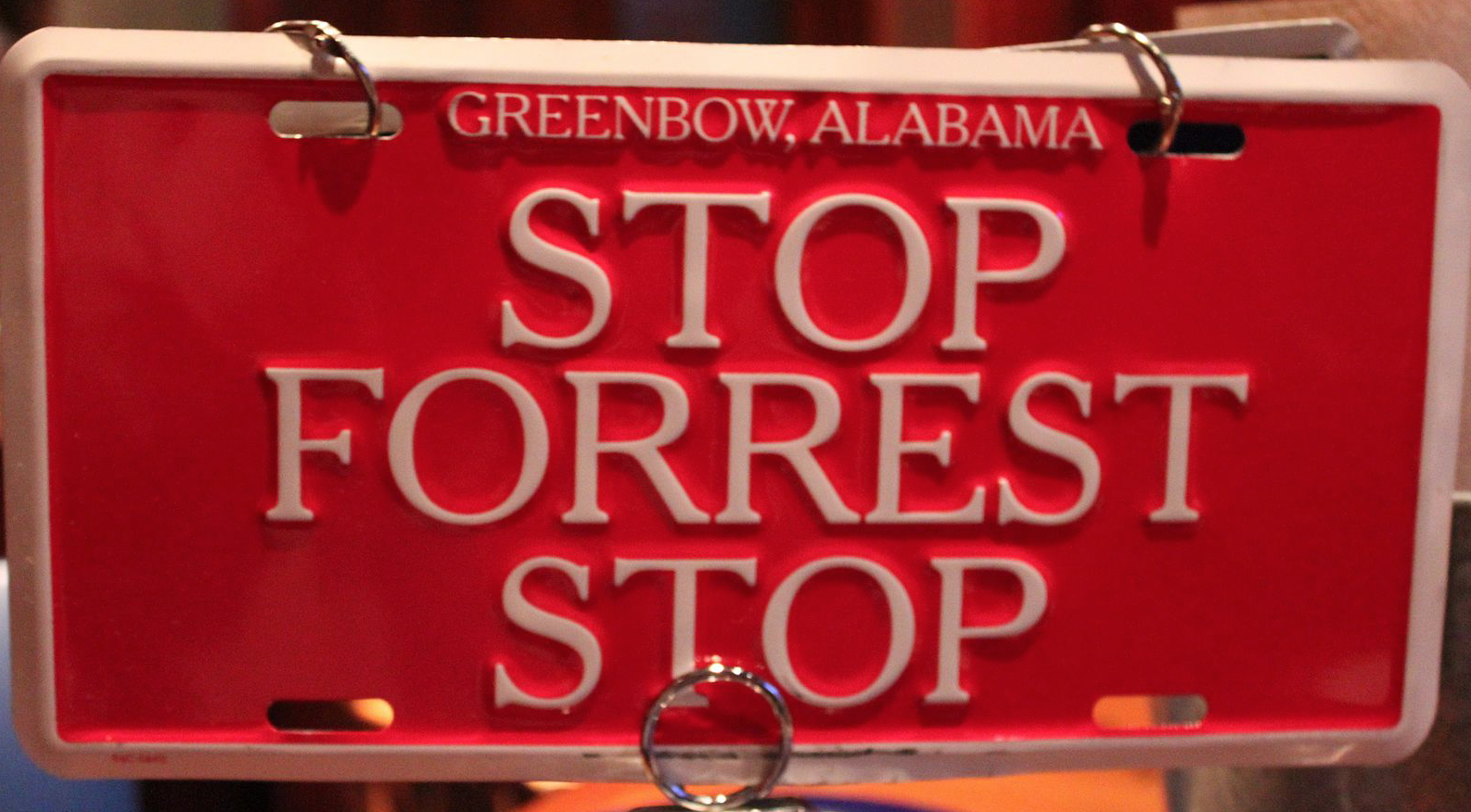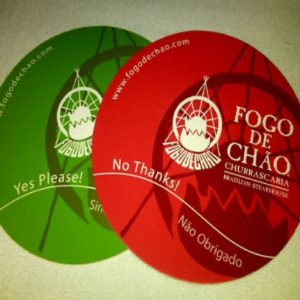by Marc Bernard Ackerman, DMD, MBA
Who doesn’t love churrascaria (Brazilian Pampas Barbeque)? O.K., you’re all thinking vegetarians and vegans. Duh. All kidding aside, even the non-carnivorous among us can appreciate the enormous amount of food that these restaurants slice and sling.
The only way to successfully eat at one of these meccas for meat is to know when to flip the stop card.
If you aren’t adept at managing the all you can eat experience, your evening may end with a plaintive prayer to the porcelain god. One’s success or failure at the churrascaria is very similar to one’s success or failure in treatment recommended conversion. It’s all about making sure the consumer doesn’t flip the stop card.
When I got out of school, the norm for a consult was to go through the minutiae of the diagnostic records and vomit useless factoids about skeletal parts not included in the children’s dry bones song. We sat behind a desk or at a formal consult table and made sure to let the patient know that we had competency in the black arts of orthodontics (no general practitioner would dare interpret a ceph!). The parent or adult patient often feigned interest in our orthospeak. In the end, the consumer would either be receptive or cool to our plan, price, and period of treatment.
At some point the treatment coordinator got involved in the sideshow. We did the same routine and then promptly exited the room when it came to answering the important questions: how long; how much; how often; how come; and how can I pay. The duration of the consult did not lessen, it in fact was probably made longer.
After a decade of doing it this way, I realized some years ago that the consumer wants specific information from you and if you exceed that amount they’re likely to flip the stop card. So for what it’s worth here is what I have found:
- Technology is only as good as its ability to help the consumer articulate their features that they want to change.
- You must briefly describe the consumer’s features as though that individual is unique (one of a kind) and not describe them relative to some imaginary ideal.
- Ascertain buy-in. That is to say, did you figure out what they want or have you confused the heck out of why they’re sitting in your office.
- Give the consumer a plan or plans. There is nothing wrong with the single alternative. We all know that no treatment is always an alternative. The more alternatives for the sake of alternatives will give the consumer more reasons to seek an alternative to you.
- This is really all they want to know: how long; how much; and with what.
- Maybe we’re not needed in the consult at all.
Personally I would rather be served by a grumpy, concise, and highly competent diner troll than a gaucho pants wearing, knife wielding, incessant chucker of chow. Tell me what’s good, what I should have, serve it right the first time, and make sure I leave happy.
Microsoft has determined that the adult human attention span is 8 seconds. So I probably lost you somewhere around the first mention of flipping the stop card.



I love it. This guy is one of my favorite writers of all time. If I could get Lylse Johnston and Dr. Ackerman in my book club, or out to dinner together, or in my prom group I’d be over the moon.
Cole
Your are way too kind.
I would say that I am more of a satirist and Lysle is a conflicted skeptic!
Thank goodness I haven’t been asked to do a podcast…not sure if I’d have too much of a fan club afterwards
Amen
Fantastic article and thank you for the added chuckles!
Being that I have a car sales background I’m not the typical TC & have been begging my doctors to stop the technical talk.
I can’t wait to pass your article on…..
Cathy:
Thanks!
One of my mentors from industry once chastised his sales force for vomiting features about their product rather than giving a short pitch and letting the product sell itself…..
Marc